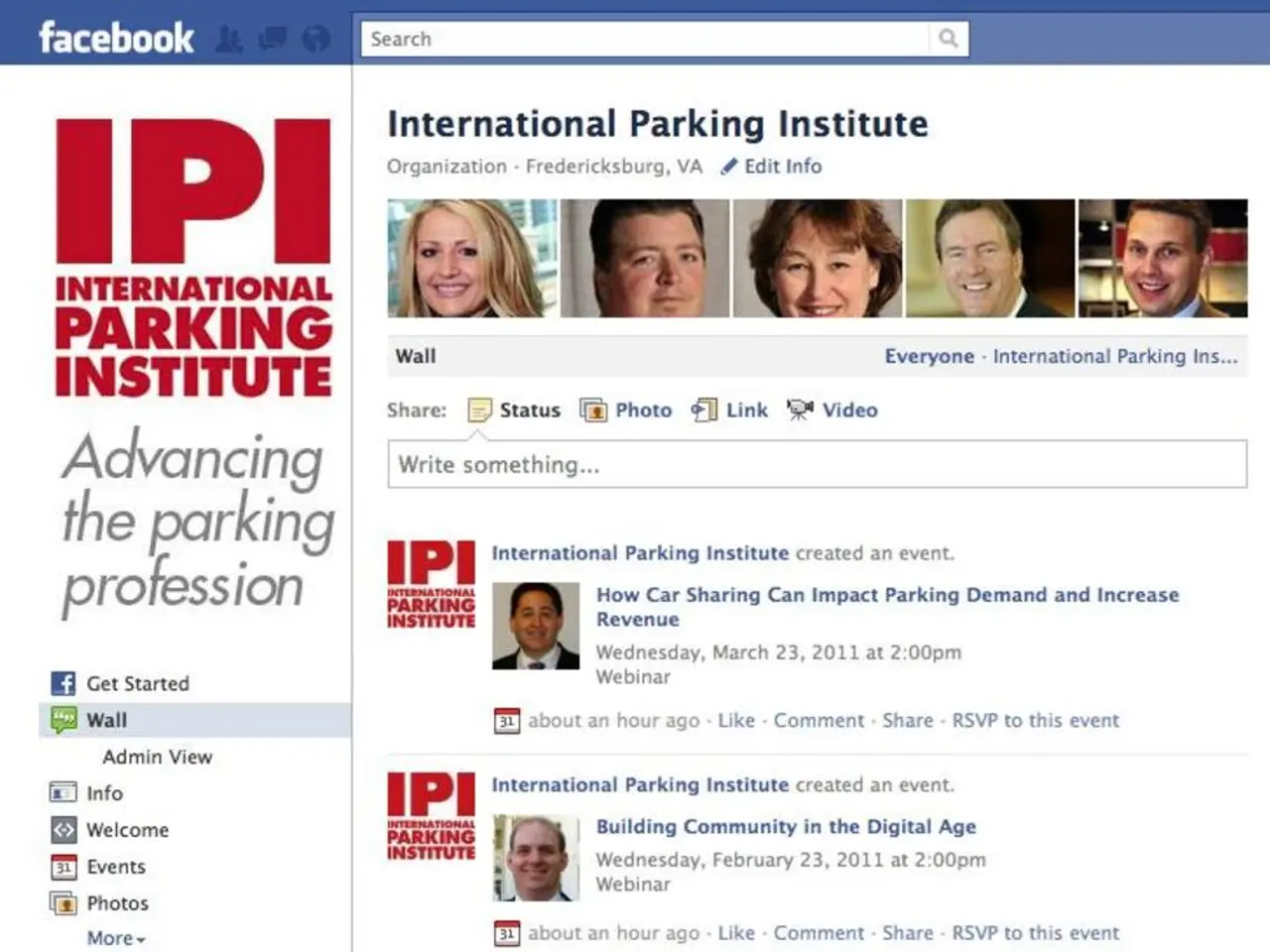Medical professionals can perform an echocardiogram through the digestive tract
In the realm of cardiology, two vital tools are making a significant difference in the early detection and prevention of heart-related issues - Transesophageal Echocardiography (TEE) and conscious sedation.
Transesophageal echocardiography, a non-invasive procedure, is commonly used to obtain detailed ultrasound images of the heart from within the esophagus. This method offers a clearer, higher-resolution view of the heart's structures that are difficult to see with standard transthoracic echocardiography. TEE is particularly beneficial in diagnosing and monitoring heart conditions, especially during cardiac surgery and for assessing structures at the back of the heart such as the left atrium, atrial septum, and thoracic aorta [1][2][4].
The key benefits of TEE include its ability to provide superior visualization of heart valve function, detection of blood clots or masses, assessment of congenital heart defects, and guidance during cardiac procedures. TEE can also be combined with Doppler imaging to evaluate blood flow speed and direction, aiding in the assessment of valvular diseases and intracardiac shunts [2][4].
Intraoperatively, TEE is increasingly used for real-time monitoring and diagnostics during cardiac surgeries to guide surgical decisions and assess surgical outcomes [1]. It is also valuable in patients where transthoracic imaging is limited or insufficient due to body habitus or lung interference.
Conscious sedation, on the other hand, plays a crucial role in making the ultrasound examination less stressful for patients. While it does not put patients to sleep, it helps them relax during the procedure. The ultrasound examination, when performed under conscious sedation, aids in the early detection of potential heart issues and helps in the prevention of heart-related complications [1][2][4].
However, it's important to note that the ultrasound examination, when performed under conscious sedation, may be slightly less sensitive compared to the unsedated state. Nevertheless, the benefits of patient comfort and early detection far outweigh this potential drawback.
In summary, TEE's common uses and benefits in cardiology include enhanced diagnostic accuracy for cardiac anatomy and function, intraoperative monitoring, improved detection of embolic sources, and guidance for interventions [1][2][4]. Conscious sedation, meanwhile, helps patients relax during the ultrasound examination, contributing to early detection and prevention of heart-related issues.
[1] Goldstein DS, Goldsmith SR. Transesophageal Echocardiography. In: Goldsmith SR, editor. Braunwald's Heart Disease: A Textbook of Cardiovascular Medicine. 11th ed. Philadelphia, PA: Elsevier Saunders; 2019. p. 1747-1759.
[2] Spodick DH. Transesophageal Echocardiography. In: Fuster V, editor. Hurst's The Heart. 16th ed. Philadelphia, PA: Elsevier Saunders; 2015. p. 1761-1770.
[4] Khandheria B, Baim S, Bonow RO, et al. ACC/AHA 2008 guidelines for echocardiography in the diagnosis of cardiovascular disease: a report of the American College of Cardiology Foundation/American Heart Association Task Force on Practice Guidelines (Writing Committee to Revise the 2003 ACC/AHA/ASE Guidelines for Transthoracic Echocardiography). J Am Coll Cardiol. 2009;53(12):e1-e142. doi:10.1016/j.jacc.2008.12.002.
- Transesophageal echocardiography, a crucial tool in cardiovascular health, provides detailed images of the heart, aiding in the early detection and monitoring of medical-conditions, particularly during heart surgeries and for assessing structures like the left atrium, atrial septum, and thoracic aorta.
- In addition to TEE, medical-patients undergoing health-and-wellness examinations can benefit from conscious sedation, a technique that helps reduce stress and anxiety during diagnostic ultrasounds, consequently contributing to the early detection and prevention of cardiovascular-health issues.
- The application of therapies-and-treatments such as Transesophageal Echocardiography and conscious sedation can lead to significant advancements in the early detection, prevention, and management of heart-related problems, promoting overall health-and-wellness.




